Dwarf Seckel Sugar Pear Tree – Bare Root Live Fruit Tree – 2 Years Old, 3-4 Feet Tall
Original price was: $102.99.$82.99Current price is: $82.99.
Grow your own delicious Seckel Sugar Pears with this 2-year-old, 3-4 ft bare root tree! This disease-resistant dwarf variety produces abundant miniature pears, perfect for snacking and desserts. Thrives in zones 4-9 and tolerates sun or shade.
Estimated arrival
Dec 13
Dec 18 - Dec 20
Dec 23 - Dec 27
Reasonable Price
We offer reasonable price
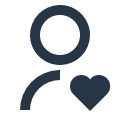
Support 24/7
Contact us 24 hrs a day

100% Money Back
You've 30 days to Return

Payment Secure
100% secure payment
Dwarf Seckel Sugar Pear Tree: A Sweet Treat from Your Garden
The Dwarf Seckel Sugar Pear Tree is a delightful addition to any garden, offering a unique and delicious fruit. Also known as Candy Pears, these miniature pears are prized for their exceptional sweetness and small size. This bare-root tree, standing 3-4 feet tall and 2 years old, is ready to plant and begin its journey to producing an abundance of fruit.
Seckel Sugar Pears are naturally smaller than other pear varieties like Bartlett or D’Anjou, allowing the tree to produce twice as many pears. Their compact size makes them a perfect healthy snack for children and adults alike, requiring no slicing. The pears are best picked when lime-green and allowed to ripen off the tree, developing a light-yellow color with a bright crimson blush. These rare and beautiful pears are not only delicious but also add a touch of elegance to any dish or dessert.
This disease-resistant Dwarf Seckel Sugar Pear Tree thrives in USDA zones 4 to 9 and tolerates both sunlight and shade, making it adaptable to various garden settings. Plant it between fall and spring for optimal growth. Remember, Seckel Pear Trees are not self-fertile, so planting another pear variety nearby is essential for fruit production.
Benefits of Growing a Dwarf Seckel Sugar Pear Tree:
- Unique and Delicious Fruit: Enjoy the exceptional sweetness and novelty of miniature Seckel Sugar Pears.
- Perfect Snack Size: Ideal for children and adults, requiring no slicing.
- Abundant Yield: The tree produces double the fruit compared to regular pear trees.
- Disease-Resistant: Ensures healthy growth and fruit production.
- Versatile Use: Perfect for fresh eating, exquisite dishes, and desserts.
Frequently Asked Questions about Dwarf Seckel Sugar Pear Trees
1. How big will my Dwarf Seckel Sugar Pear Tree get?
This dwarf variety typically reaches a mature height of 9-11 feet and a width of around 8 feet, making it ideal for smaller gardens.
2. What kind of care does this tree need?
Plant in well-drained soil and water regularly, especially during hot and dry periods. Prune annually to maintain shape and remove any dead or diseased branches. Remember to plant a second pear variety to ensure pollination and fruiting.
3. When is the best time to plant my bare-root pear tree?
The best time to plant is during the dormant season, either in the fall or early spring, before new growth begins.
4. How long will it take for my tree to produce fruit?
Typically, a Dwarf Seckel Sugar Pear Tree will start producing fruit within 3-5 years after planting.
5. What other pear variety should I plant with my Seckel Pear Tree for pollination?
Good options include Bartlett, D’Anjou, or Bosc pear trees. These varieties bloom around the same time and are compatible pollinators for Seckel pears.
Be the first to review “Dwarf Seckel Sugar Pear Tree – Bare Root Live Fruit Tree – 2 Years Old, 3-4 Feet Tall”

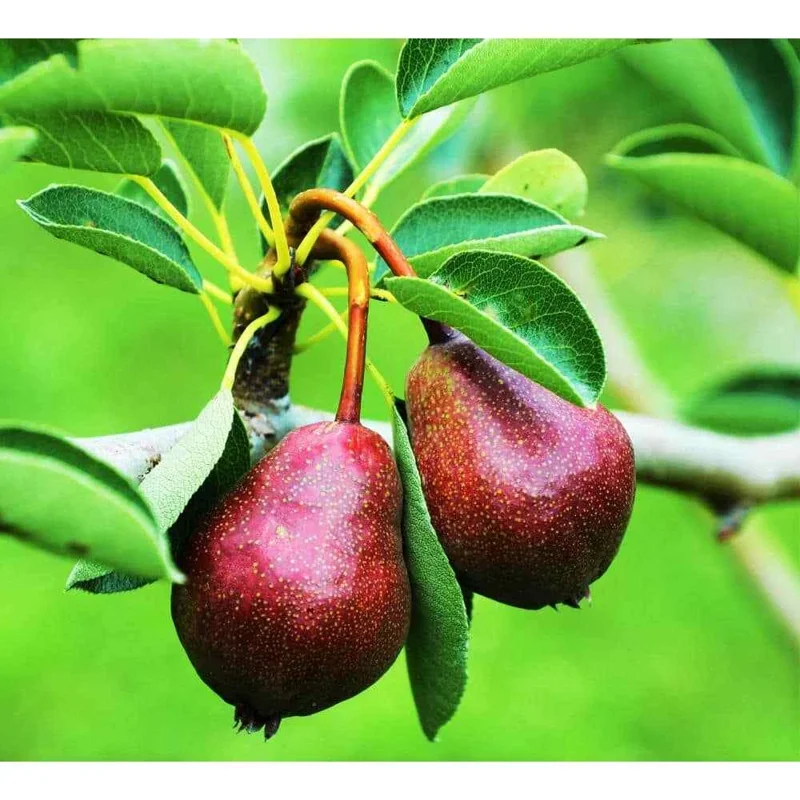
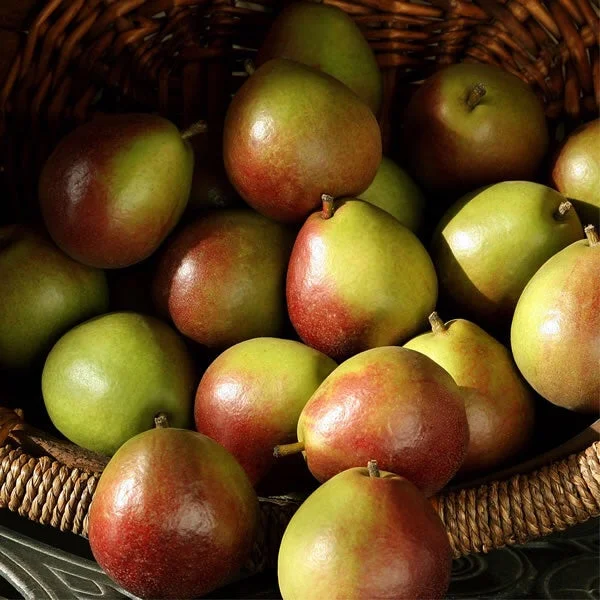
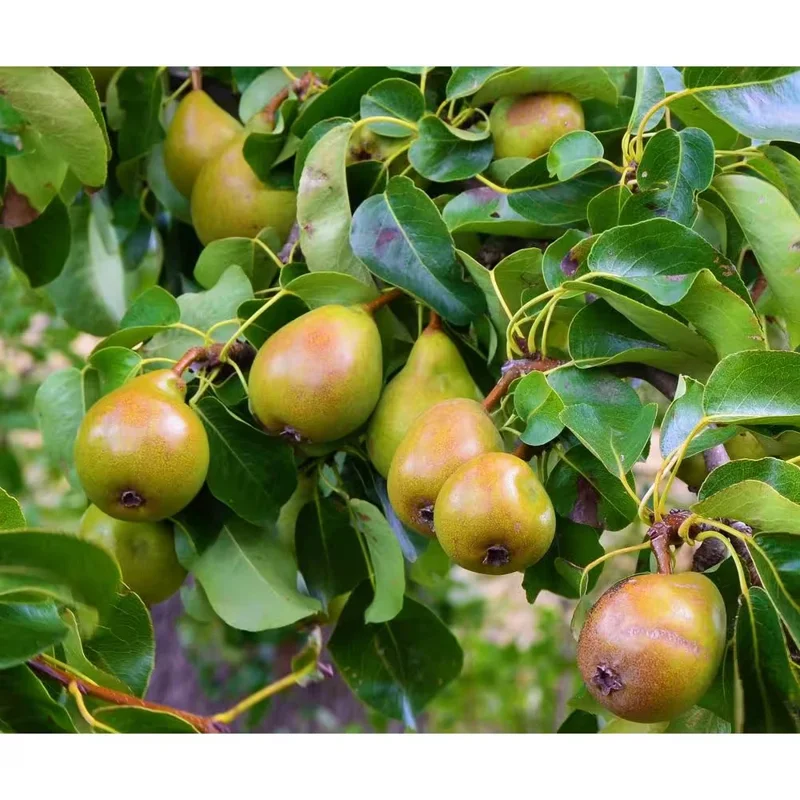
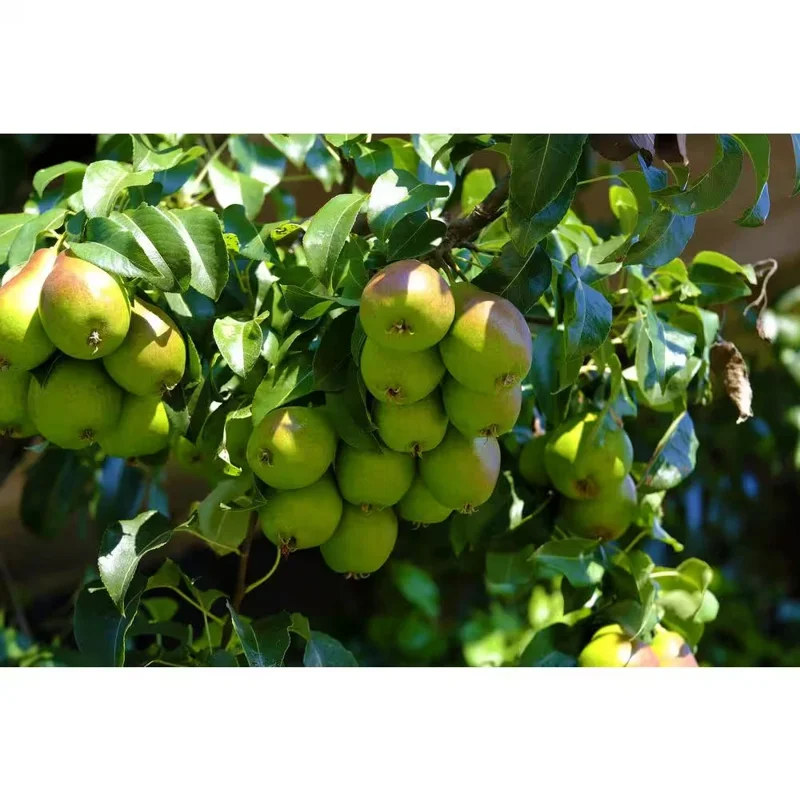
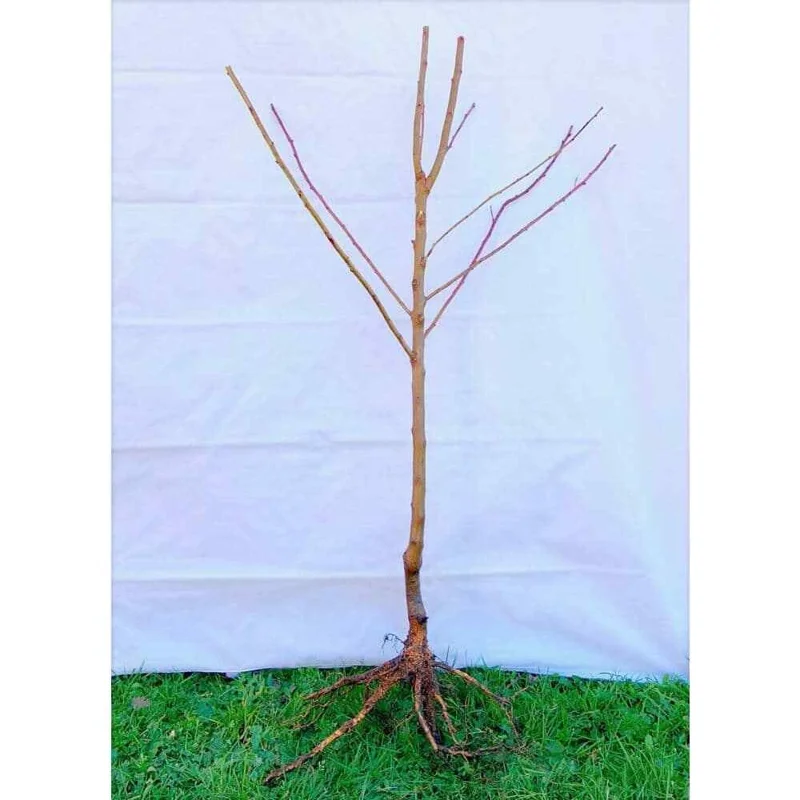
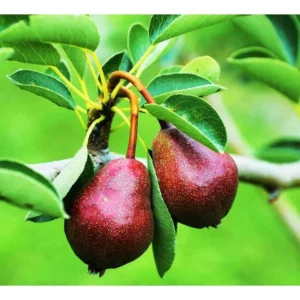
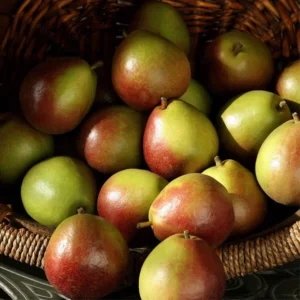
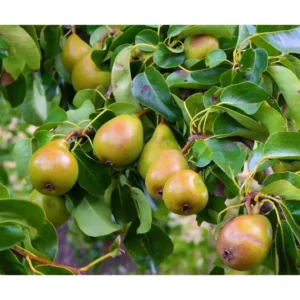
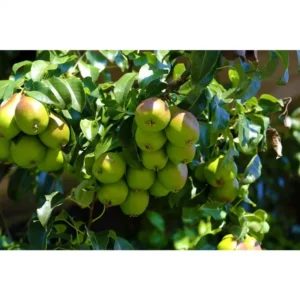
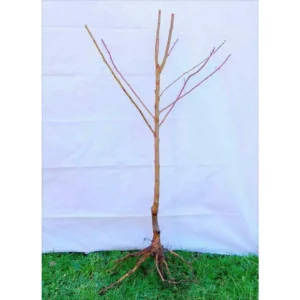
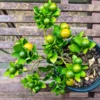
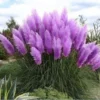
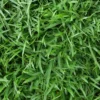
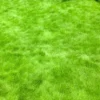
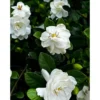
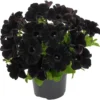
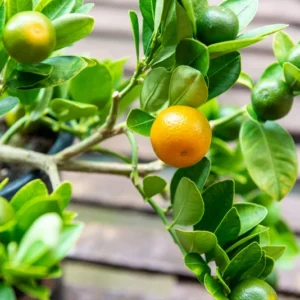
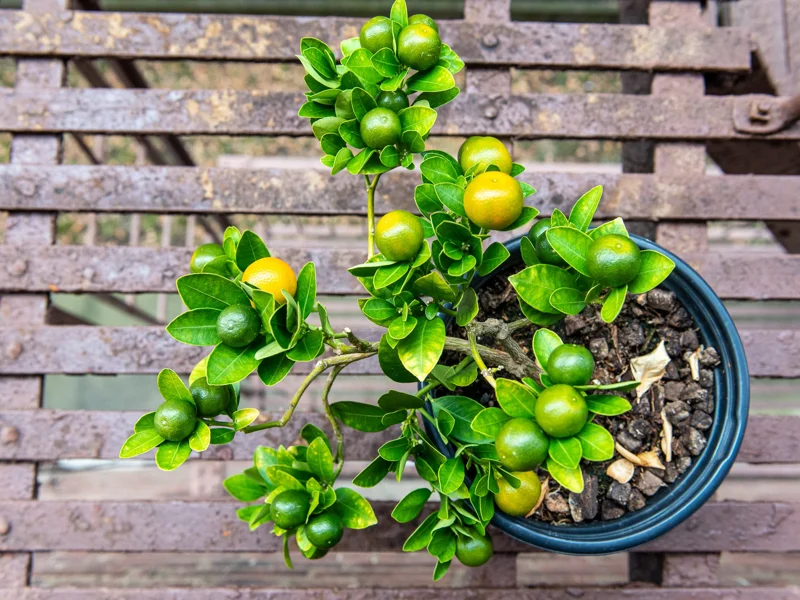
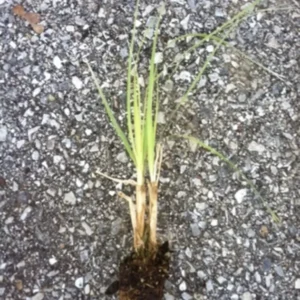
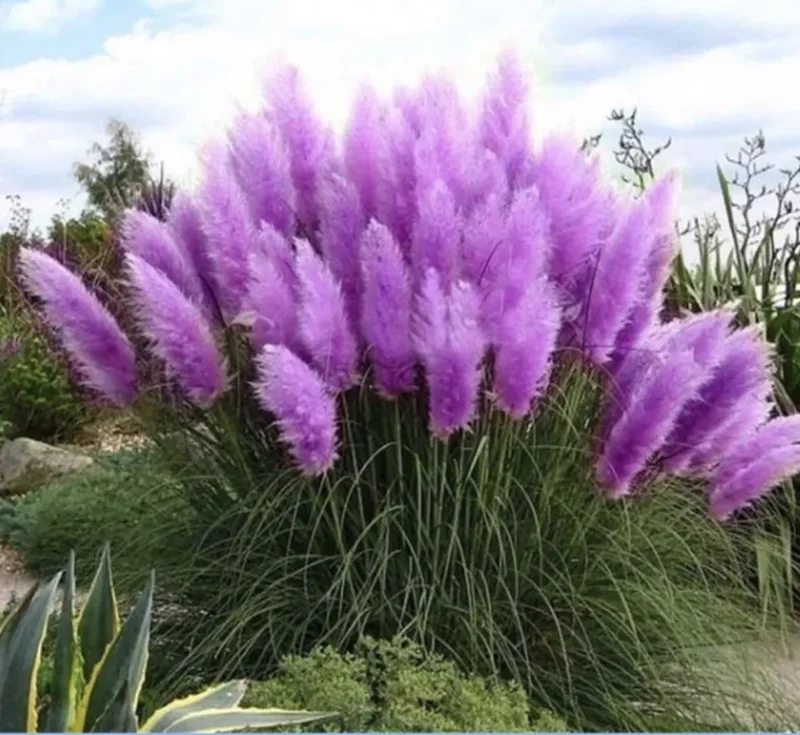
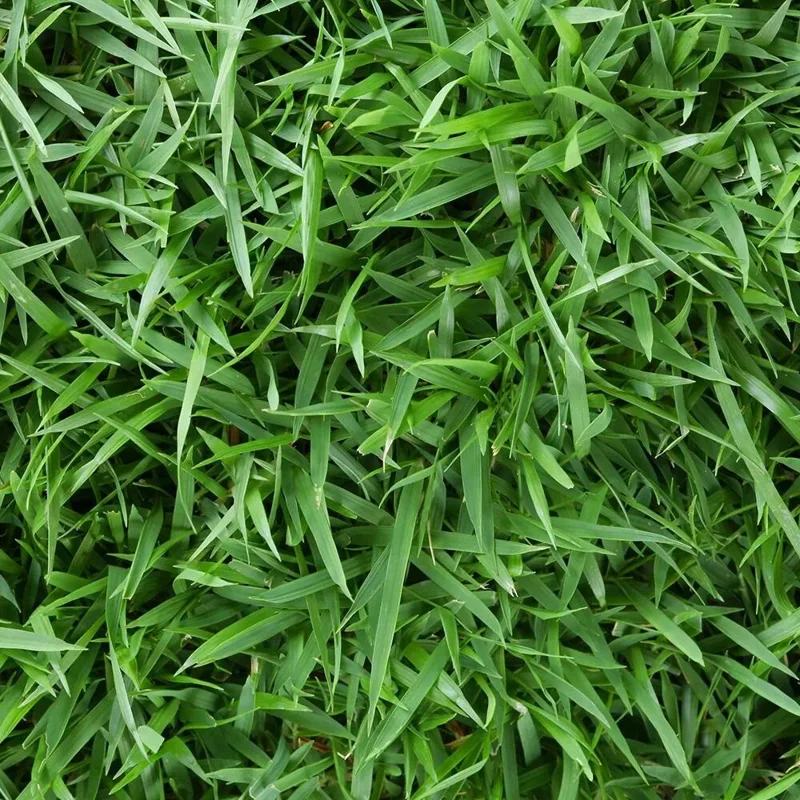
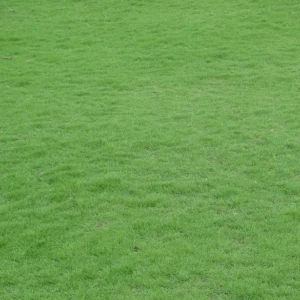
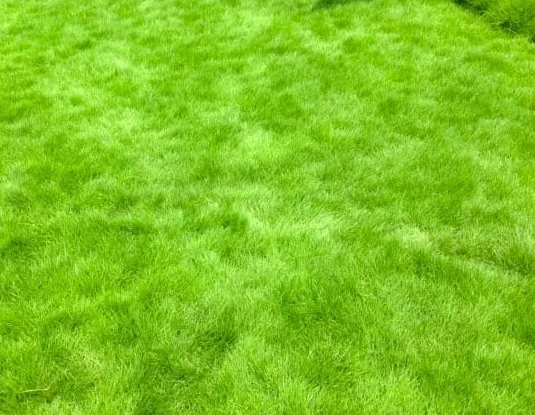
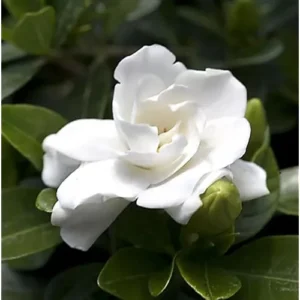

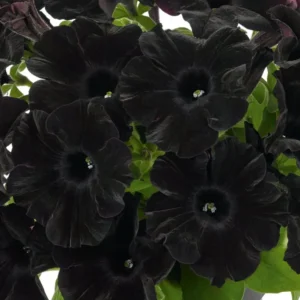
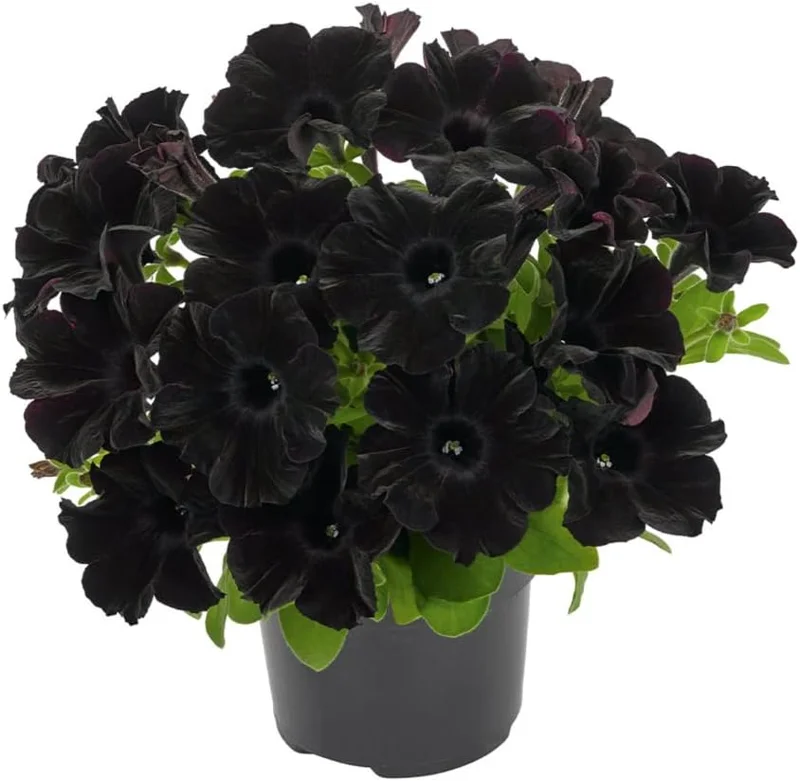
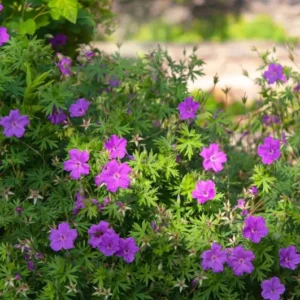
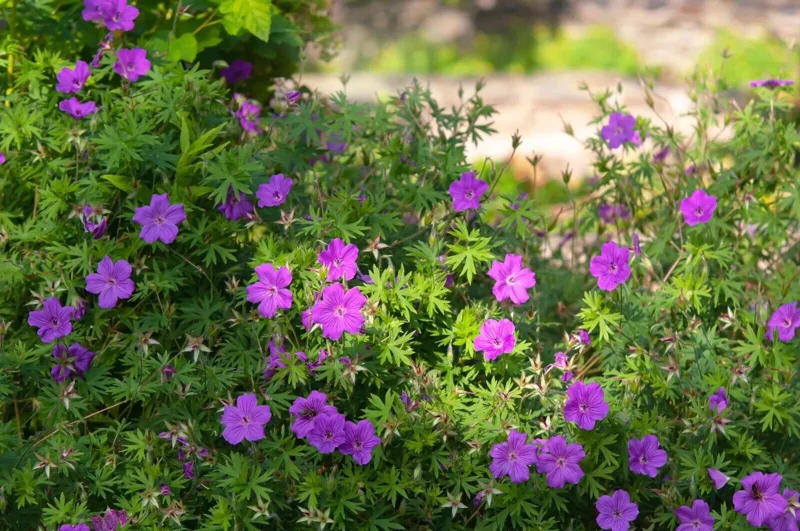
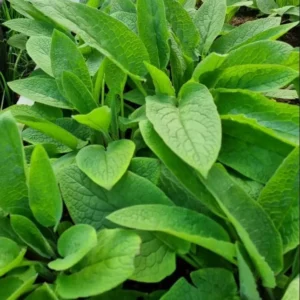
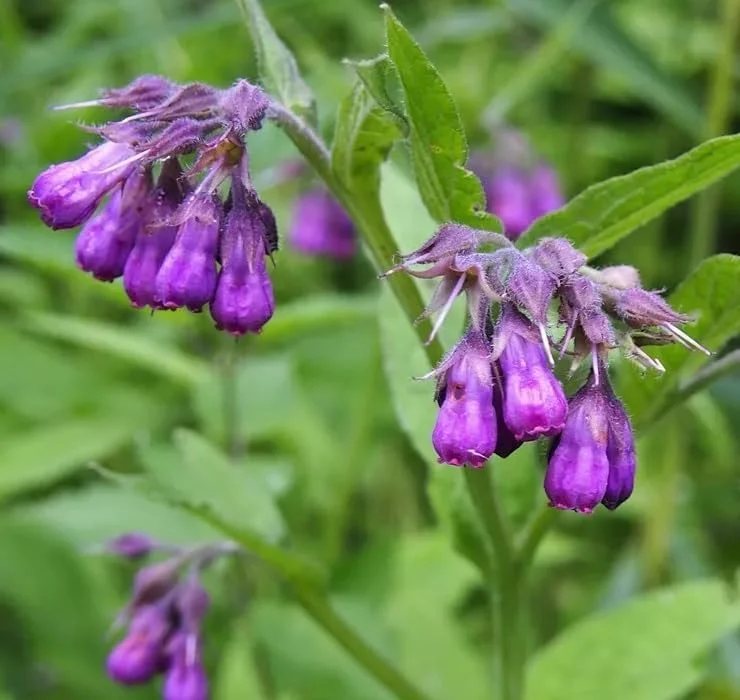
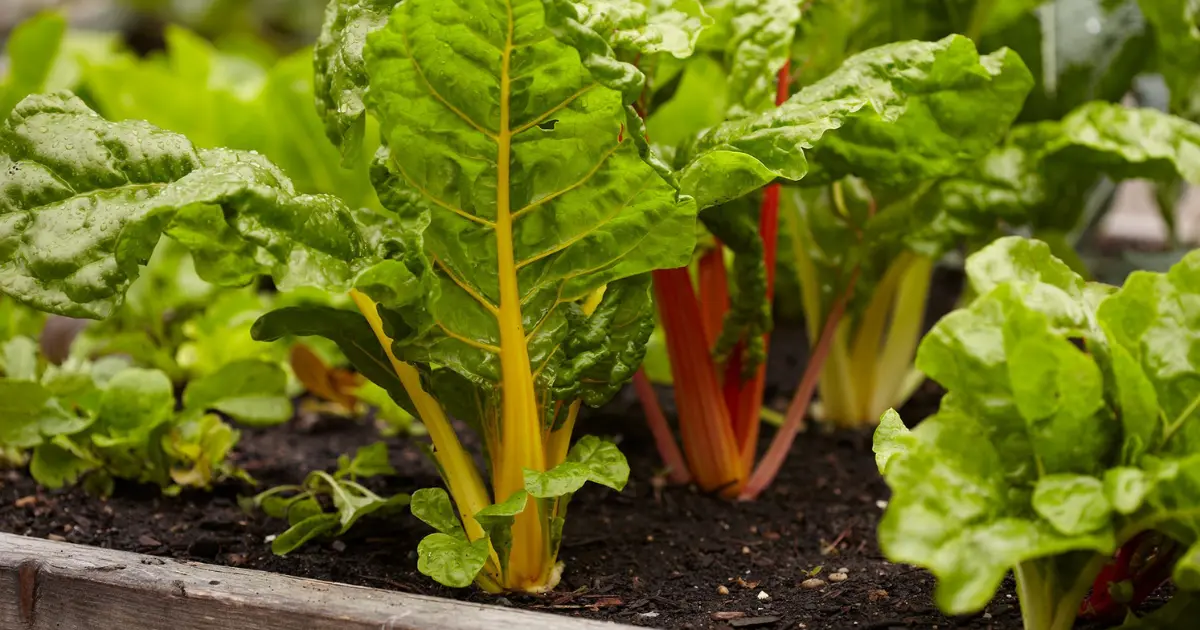
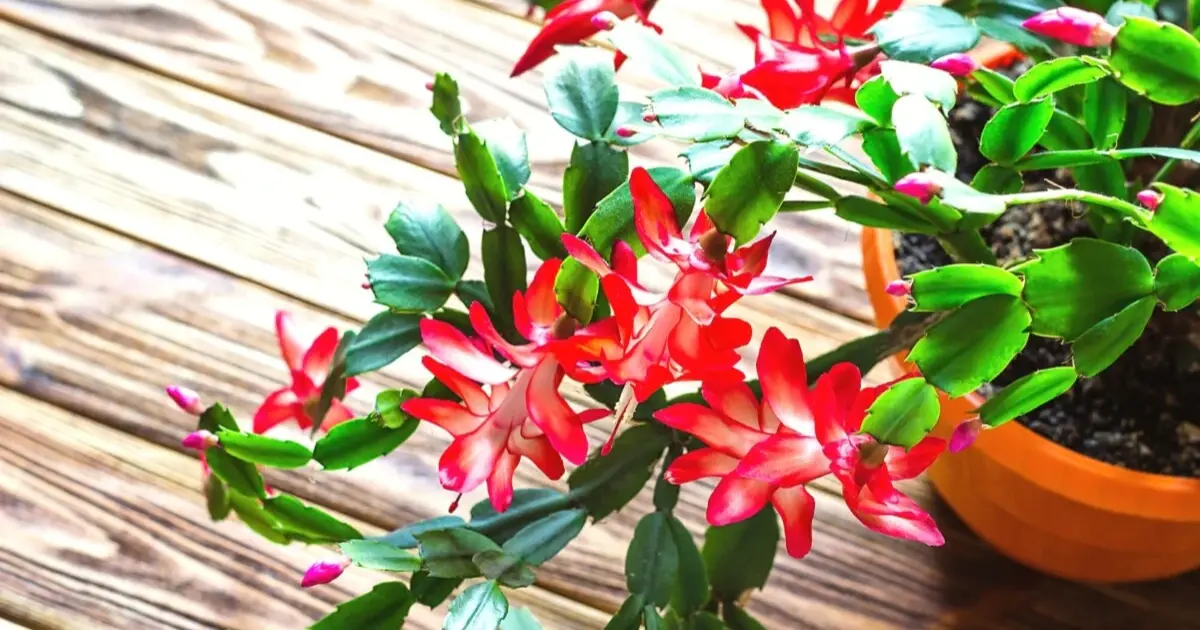
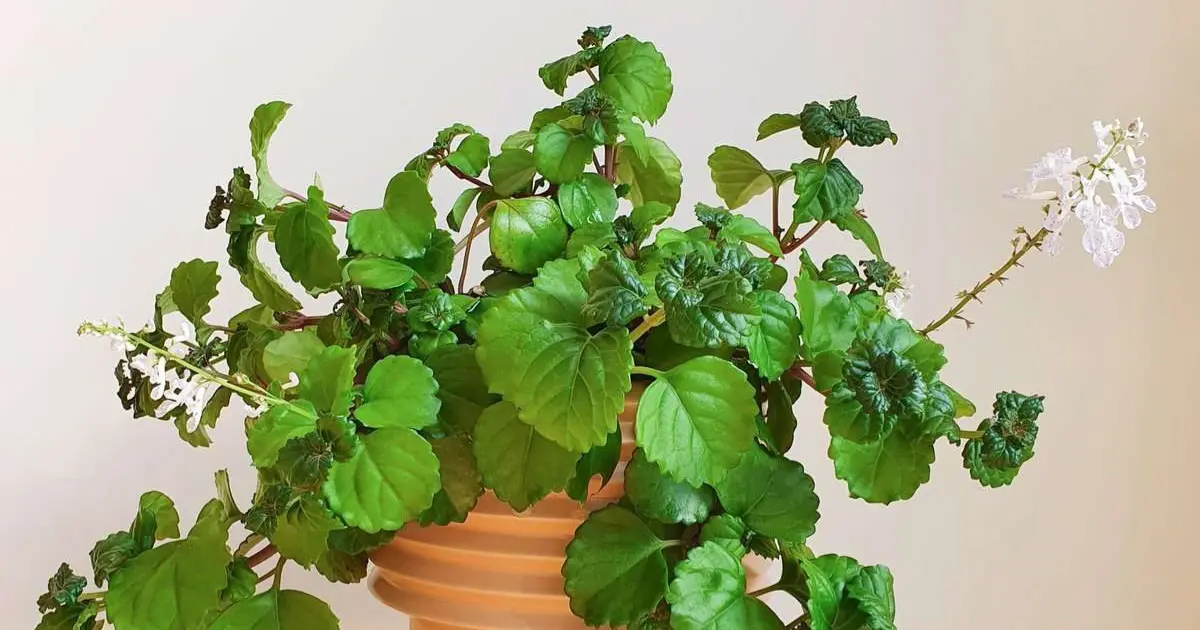
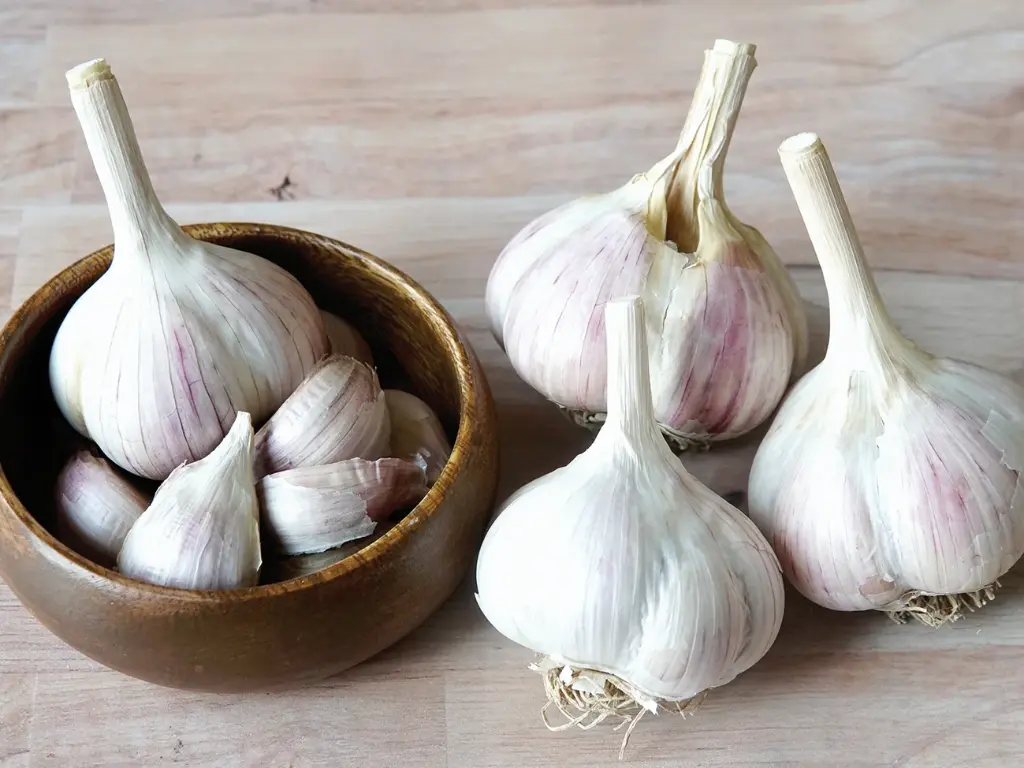
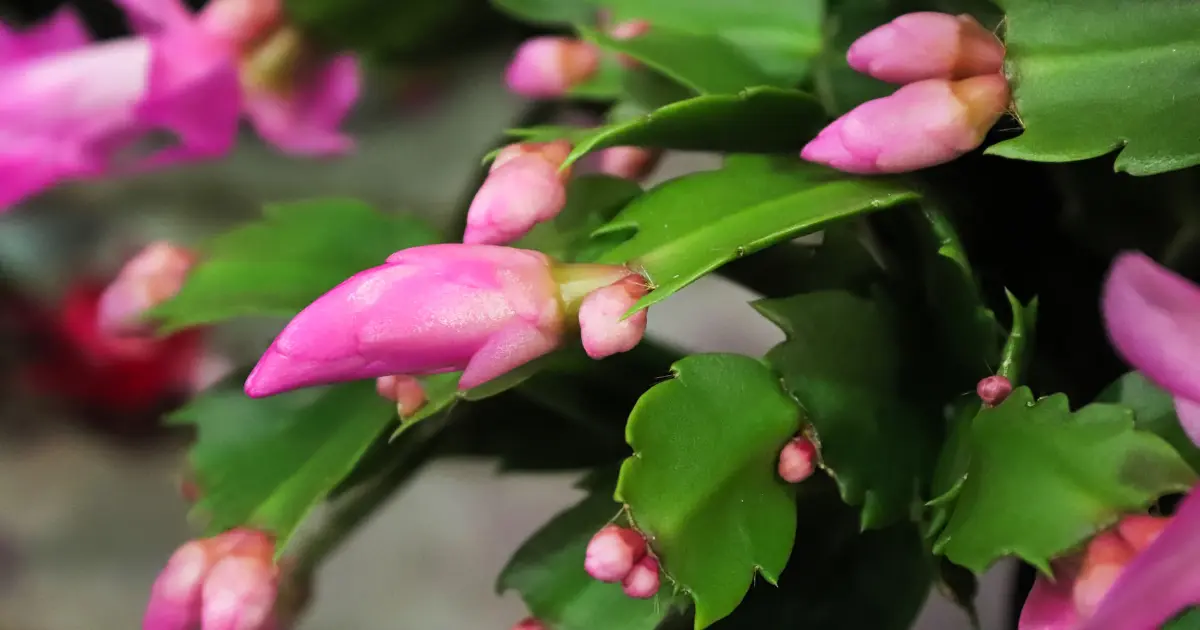
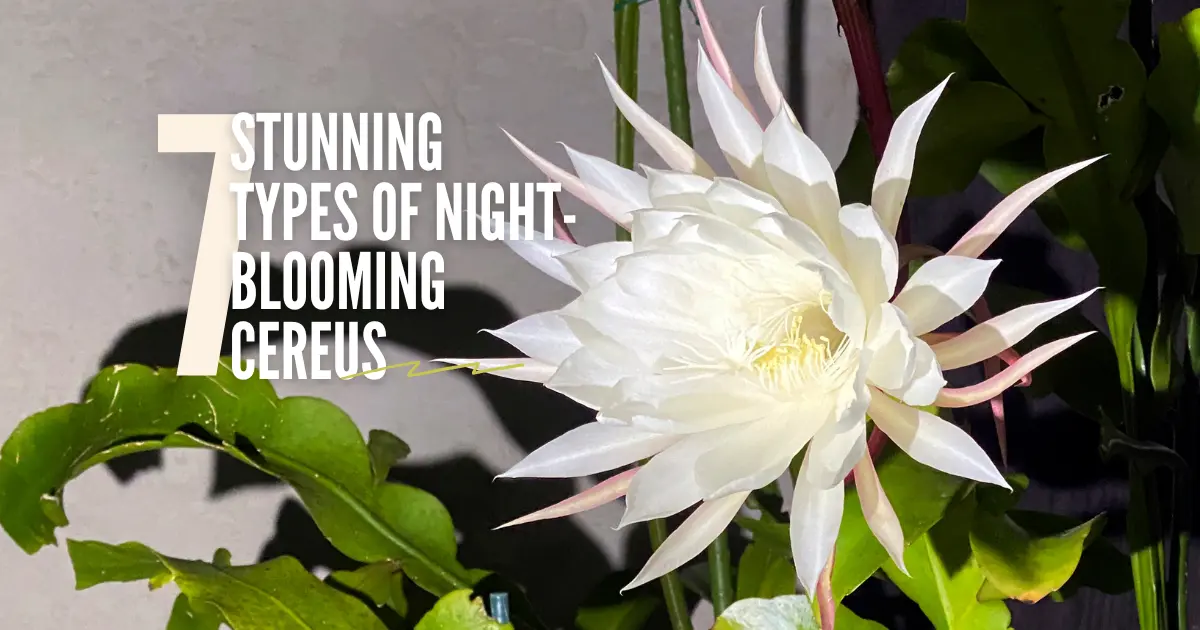
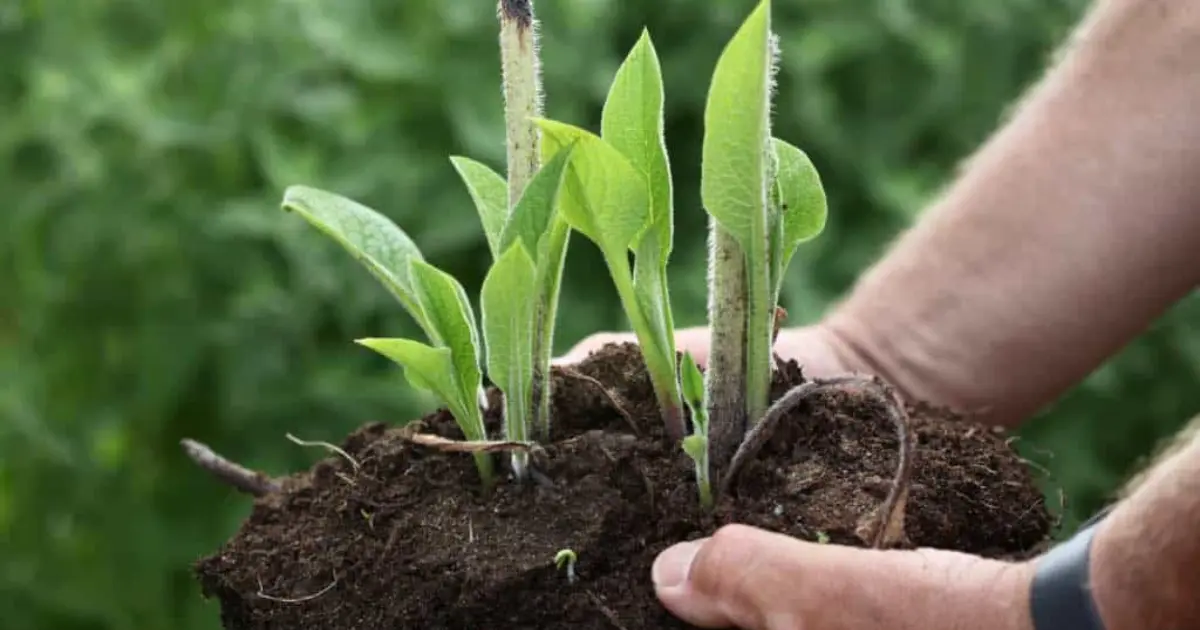
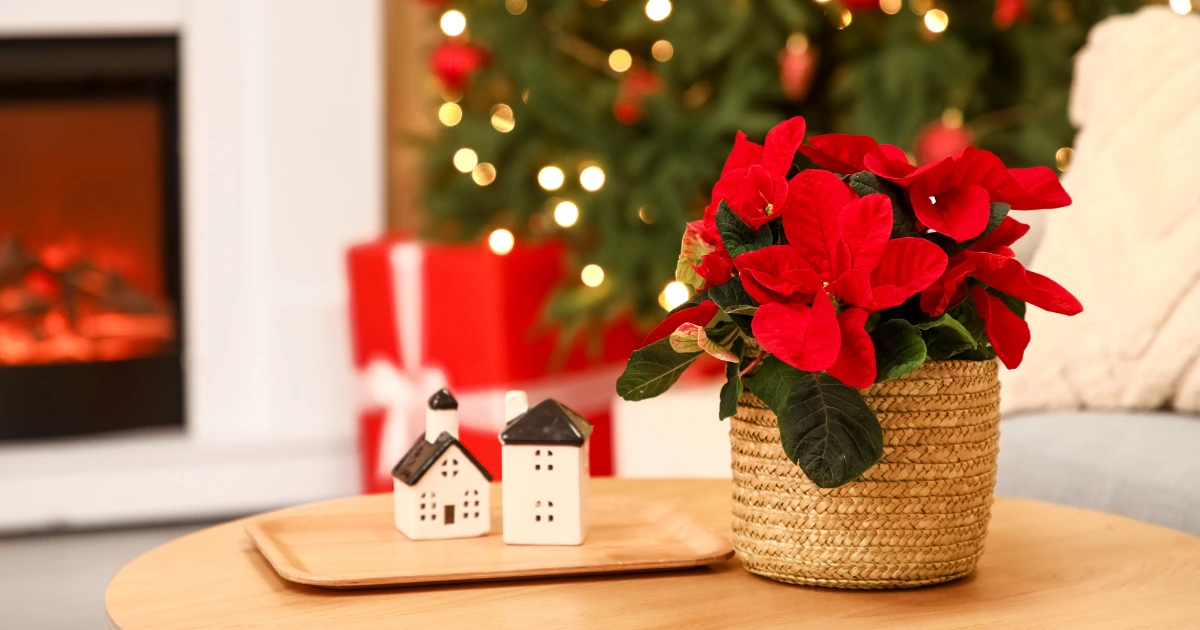
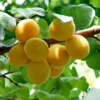
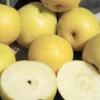
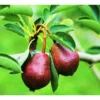
Reviews
There are no reviews yet.